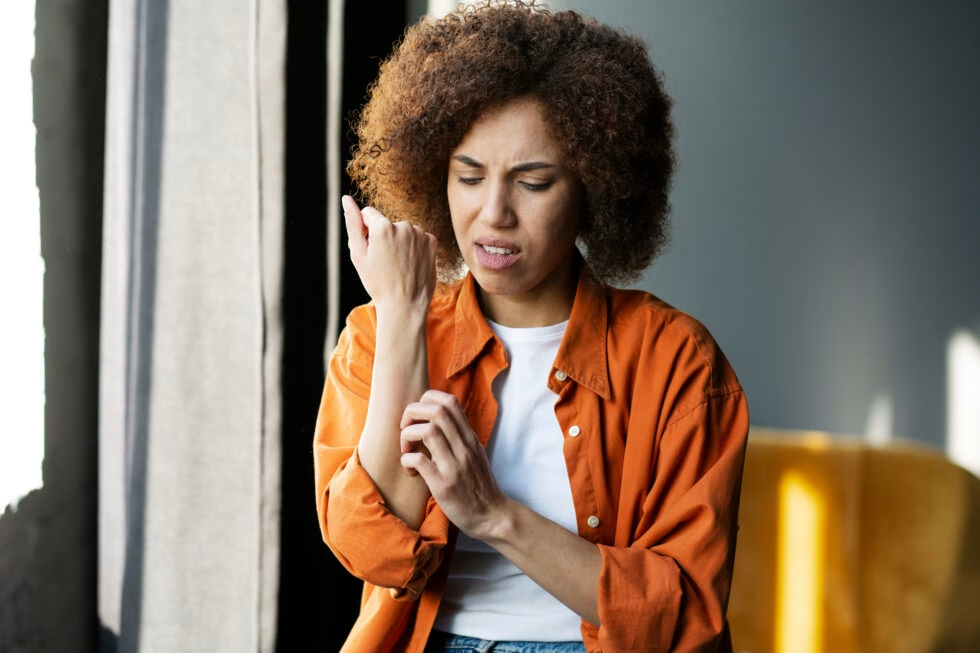
Outdoor activities can expose you to plants like poison ivy, oak, and sumac that cause itchy rashes. Learn how to identify, prevent, and treat plant-related rashes with tips from AFC Urgent Care South Asheville.
Spending time outdoors is one of the best parts of North Carolina. Hiking, camping, and gardening can be relaxing and fun, but they also come with a hidden risk: plant-related rashes. Many common plants contain oils or chemicals that can irritate your skin, leaving you with redness, itching, and blisters. Whether you’re exploring the trails at Biltmore Estate or enjoying the Blue Ridge Parkway, it’s important to know which plants to avoid. Being prepared can help you enjoy the outdoors without the discomfort of an itchy rash.
Schedule a Visit or Walk in Today.
Which Plants Cause Rashes?
Several plants in our region are known to trigger allergic skin reactions:
- Poison ivy: Probably the most well-known, this plant has three shiny leaves that can grow as a vine or shrub. The oil it produces, urushiol, causes red, itchy rashes in most people.
- Poison oak: Similar to poison ivy, but its leaves resemble oak leaves. It also contains urushiol and causes the same type of rash.
- Poison sumac: Found in wet, swampy areas. Its leaves grow in pairs with one at the tip, and contact with its sap can cause painful rashes.
- Wild parsnip and giant hogweed: These plants contain sap that reacts with sunlight to cause burns or blister-like rashes.
- Stinging nettle: Tiny hairs on the plant inject chemicals into the skin, leading to burning and itching.
Symptoms of Plant-Related Rashes
Reactions can vary depending on the plant, but common symptoms include:
- Redness and swelling
- Itching or burning
- Fluid-filled blisters
- Rash that appears in streaks or patches, often where the plant brushed against the skin
How to Prevent Plant-Related Rashes
You don’t have to give up your outdoor activities to avoid rashes. A few simple precautions go a long way:
- Learn to identify risky plants before you hike, garden, or explore.
- Wear protective clothing like long sleeves, pants, and gloves.
- Wash skin and clothing right away if you think you’ve come into contact with a rash-causing plant.
- Avoid burning plants like poison ivy or oak, since inhaling the smoke can be dangerous.
Treatment Options
Most mild plant rashes can be treated at home with:
- Washing the affected area with soap and cool water as soon as possible
- Applying calamine lotion or hydrocortisone cream to relieve itching
- Using cool compresses to reduce swelling and discomfort
- Taking over-the-counter antihistamines to ease allergic reactions
However, you should seek medical care if:
- The rash spreads widely or becomes very painful
- Your face, eyes, or genitals are affected
- You notice signs of infection like pus, swelling, or fever
- Breathing becomes difficult after exposure
When to Visit Urgent Care
If a rash is severe or not improving with home treatment, AFC Urgent Care South Asheville is here to help. Our providers can evaluate your symptoms and provide fast relief so you can get back to enjoying the outdoors. We’re open seven days a week with walk-in visits available.

